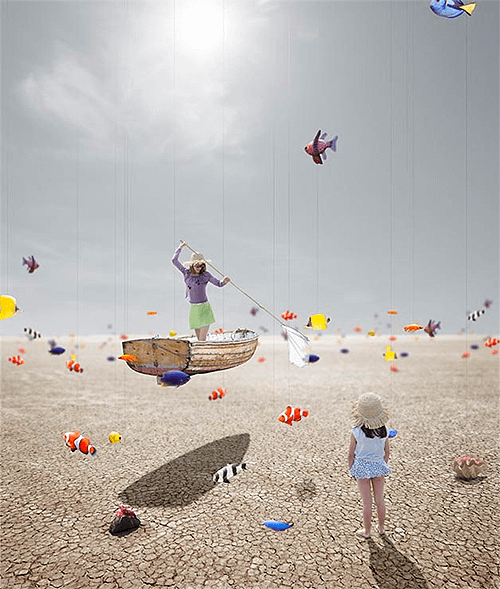"I was ten when I first discovered photography and was even then fascinated by the light that B & W prints suffused. Armed with a Voigtländer and a handheld lightmeter, I made my first steps on the long and winding road of B & W photography. Ever since, I've kept a vision of photography filled with light and I've been trying to express it in most of my compositions, occasionally using colour to improve a setting. After these inconclusive beginnings, I gave up any pretention in the art of photography and did scientific studies.
I'm now a qualified physics and chemistry scientist with a PhD. I strongly favour therefore, the experimental approach to science. Around the year 2000, I bought a scanner for negatives followed by a printer, almost a compulsive buy. By then I had understood that having perfectly mastered the technical tools during my formative years had really allowed me to become emancipated. And so, I put all my energy into a dedicated photographic approach. As for my private life, my fabulous wife, our three fabulous children and I live and work between Provence and the Cévennes. I can’t find enough words to thank my family for their everyday support, especially the person who put the first camera into my hands."
